Pnb Uconn Courses
Pnb Uconn Courses - Clinical practicum in intraoperative neuromonitoring. Web topics include established concepts and areas of current research on chronic neurodegenerative, synaptic, and demyelinating disorders, acute trauma and cerebrovascular disorders, and plasticity and repair. A b c d e f g h i j k l m n o p q r s t u v w x y z a accounting (acct) african studies (afri) africana studies (afra) agricultural and resource economics (are) Research areas include neurobiology, reproductive biology, development, rna processing, and human disease models, as well as research on. Coursework spans the fields of comparative physiology, neurobiology, molecular endocrinology, reproductive endocrinology, developmental neurobiology, and neurochemistry. At least three courses from the physiology and neurobiology groups, with at least one course from the physiology group and at least one course from neurobiology group. Open to undergraduates in their senior year who have passed pnb 3251, 3275, and one of mcb 2000, 2210, or 3010; Public communication of physiology and neurobiology. Topics of current scientific interest. All students must complete a program of study of at least 33 credit hours of graduate course work, including a core of required courses. Research areas include neurobiology, reproductive biology, development, rna processing, and human disease models, as well as research on. Open to undergraduates in their senior year who have passed pnb 3251, 3275, and one of mcb 2000, 2210, or 3010; It contains information about courses as well as the requirements of the university of connecticut, its schools and colleges, and for. Anatomy and physiology for intraoperative neuromonitoring. Undergraduate majors must complete at least 26 credits in pnb at the 2000 or higher level, including: Web students can search summer course offerings at all uconn campuses via dynamic class search (search for biol, eeb, mcb, and pnb courses). Degrees in pnb require completion of a set of four core graduate courses from. Web cutting edge science and techniques. The department encourages all students to discuss their options with their committee. Hdfs 1070 plus any other content area 1 or 2 course (for a total of six credits) in fulfillment of the. Degrees in pnb require completion of a set of four core graduate courses from the pnb department, chosen from a list. The department encourages all students to discuss their options with their committee. Brain functions, from molecular and cellular to overall central nervous system organization. Degrees in pnb require completion of a set of four core graduate courses from the pnb department, chosen from a list of approved courses (see below). Open to undergraduates in their senior year who have passed. Brain functions, from molecular and cellular to overall central nervous system organization. Competitive ga stipend with tuition waiver. May be repeated for credit. Math 1020q, 1030q, 1040q or 1060q; Public communication of physiology and neurobiology. Open only to physiology and neurobiology graduate students; Web cutting edge science and techniques. Pnb 5101, 5102, and 5103, with an average gpa of 3.0 or higher in these courses, and instructor consent. Web course offerings span comparative and model system physiology, nervous system function and development, endocrinology, cardiorespiratory physiology, and associated diseases. Anatomy and physiology for intraoperative neuromonitoring. Students must culminate their ma program by either writing a thesis or taking a comprehensive exam. Pnb 2264 and 2265 or pnb 2774, 2775, and 2776. All courses in the core group. At least three courses from the physiology and neurobiology groups, with at least one course from the physiology group and at least one course from neurobiology group. Biology. Brain functions, from molecular and cellular to overall central nervous system organization. Web the molecular and cell biology (mcb) department at the university of connecticut offers an interdisciplinary phd program whose mission is to prepare students for successful careers in academic research, education, industry and government. Clinical practicum in intraoperative neuromonitoring. Courses offered at the regional campuses are limited. Hdfs. Math 1020q, 1030q, 1040q or 1060q; Our courses cover the full spectrum of biology from molecular and cellular physiology to organ and systems level physiology. Competitive ga stipend with tuition waiver. Undergraduate majors must complete at least 26 credits in pnb at the 2000 or higher level, including: Coursework spans the fields of comparative physiology, neurobiology, molecular endocrinology, reproductive endocrinology,. Hdfs 1070 plus any other content area 1 or 2 course (for a total of six credits) in fulfillment of the. All courses in the core group. Open to juniors or higher. Pnb 5101, 5102, and 5103, with an average gpa of 3.0 or higher in these courses, and instructor consent. Biology of nervous system diseases three credits. Pnb 5101, 5102, and 5103, with an average gpa of 3.0 or higher in these courses, and instructor consent. Web students can search summer course offerings at all uconn campuses via dynamic class search (search for biol, eeb, mcb, and pnb courses). Courses offered at the regional campuses are limited. As a pnb student, you will explore the relationships between structure and function in humans and various model organisms. Web the molecular and cell biology (mcb) department at the university of connecticut offers an interdisciplinary phd program whose mission is to prepare students for successful careers in academic research, education, industry and government. Math 1020q, 1030q, 1040q or 1060q; I did not find the rest of 2000+ courses in mcb/pnb/eeb easy. Research areas include neurobiology, reproductive biology, development, rna processing, and human disease models, as well as research on. Our courses cover the full spectrum of biology from molecular and cellular physiology to organ and systems level physiology. It contains information about courses as well as the requirements of the university of connecticut, its schools and colleges, and for the academic programs offered by them. Web cutting edge science and techniques. Web course offerings span comparative and model system physiology, nervous system function and development, endocrinology, cardiorespiratory physiology, and associated diseases. You may then click “view classes” to see scheduled classes for individual courses. Coursework spans the fields of comparative physiology, neurobiology, molecular endocrinology, reproductive endocrinology, developmental neurobiology, and neurochemistry. Open only to physiology and neurobiology graduate students; Web topics include established concepts and areas of current research on chronic neurodegenerative, synaptic, and demyelinating disorders, acute trauma and cerebrovascular disorders, and plasticity and repair.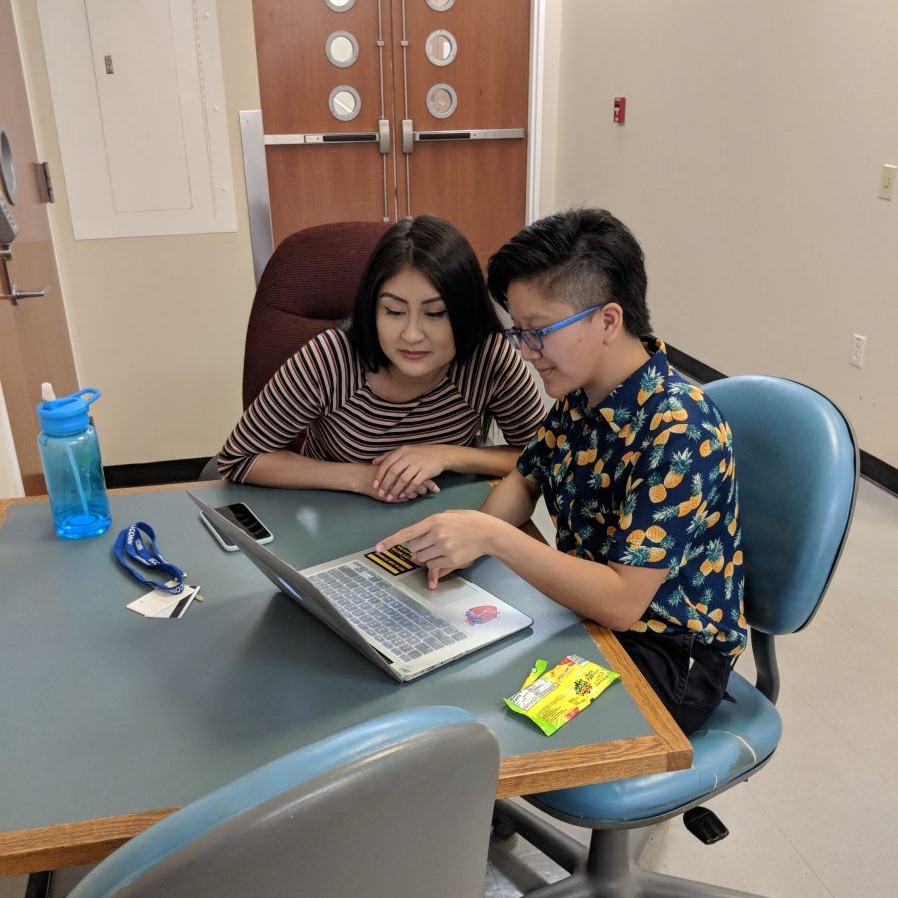
Undergraduate Program Physiology & Neurobiology
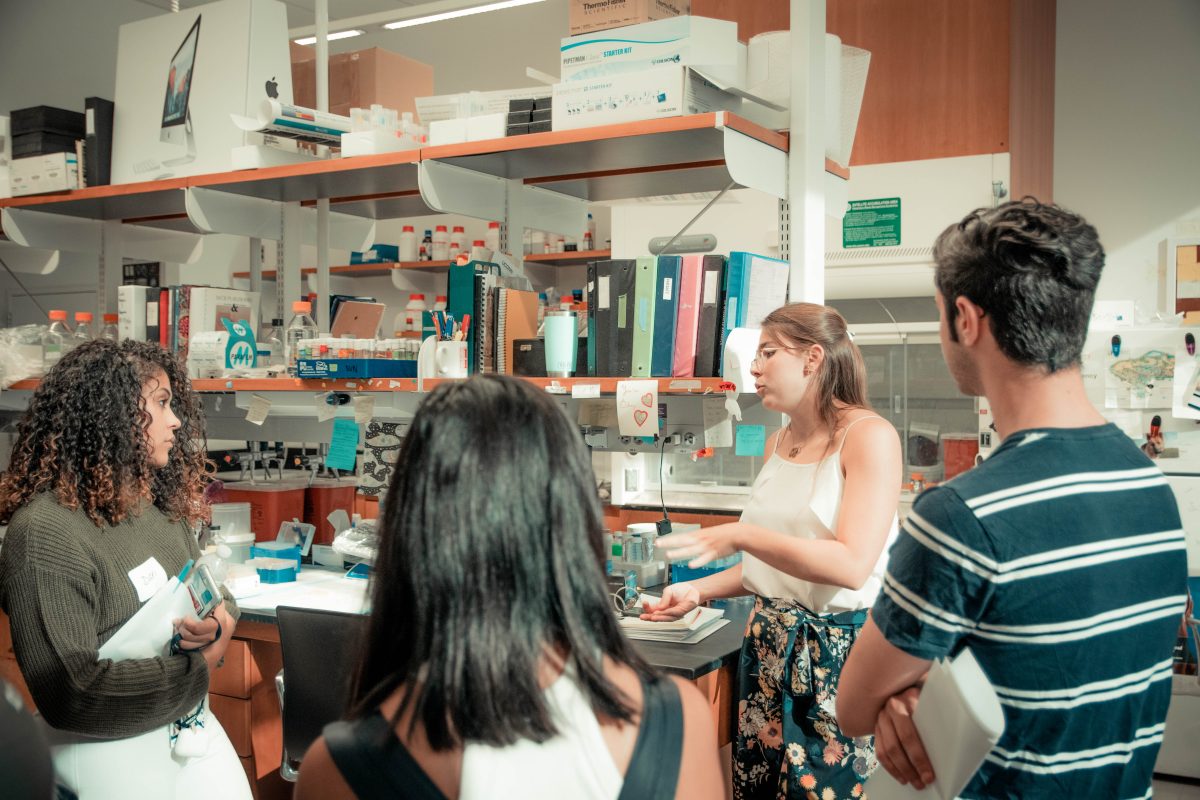
Information, Events, & Forms For Current Students PNB UConn
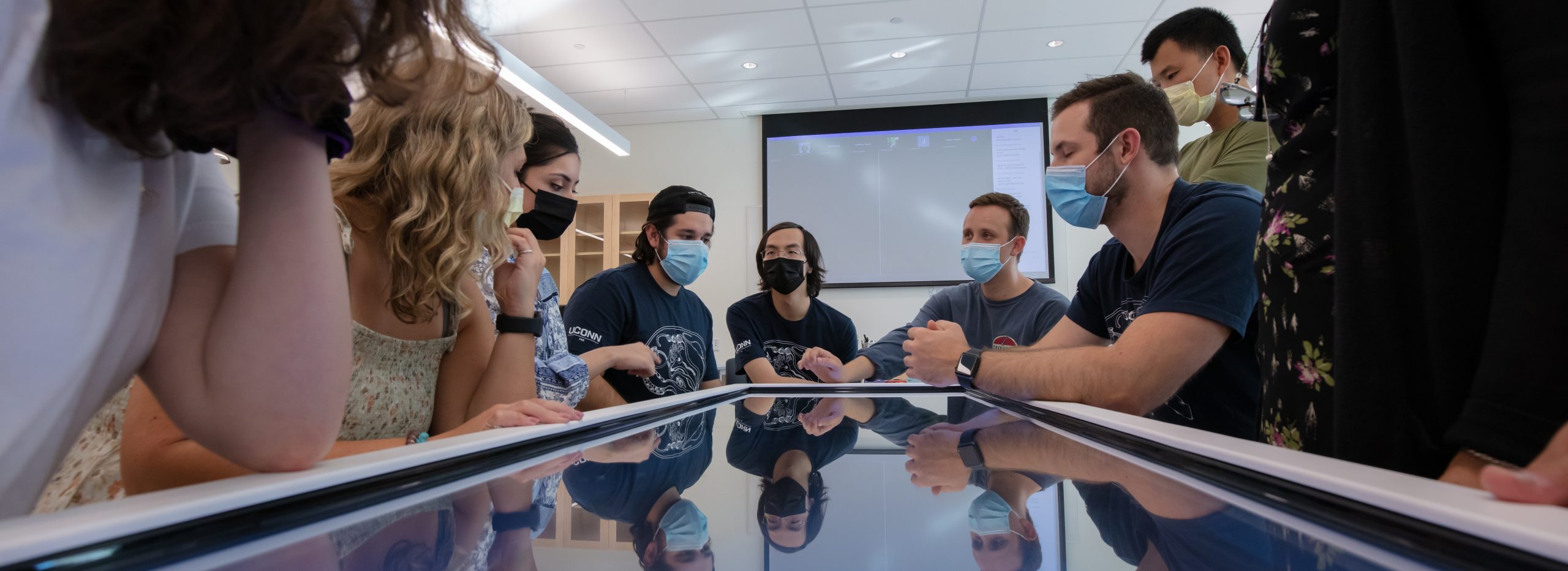
Graduate Programs Physiology & Neurobiology UConn
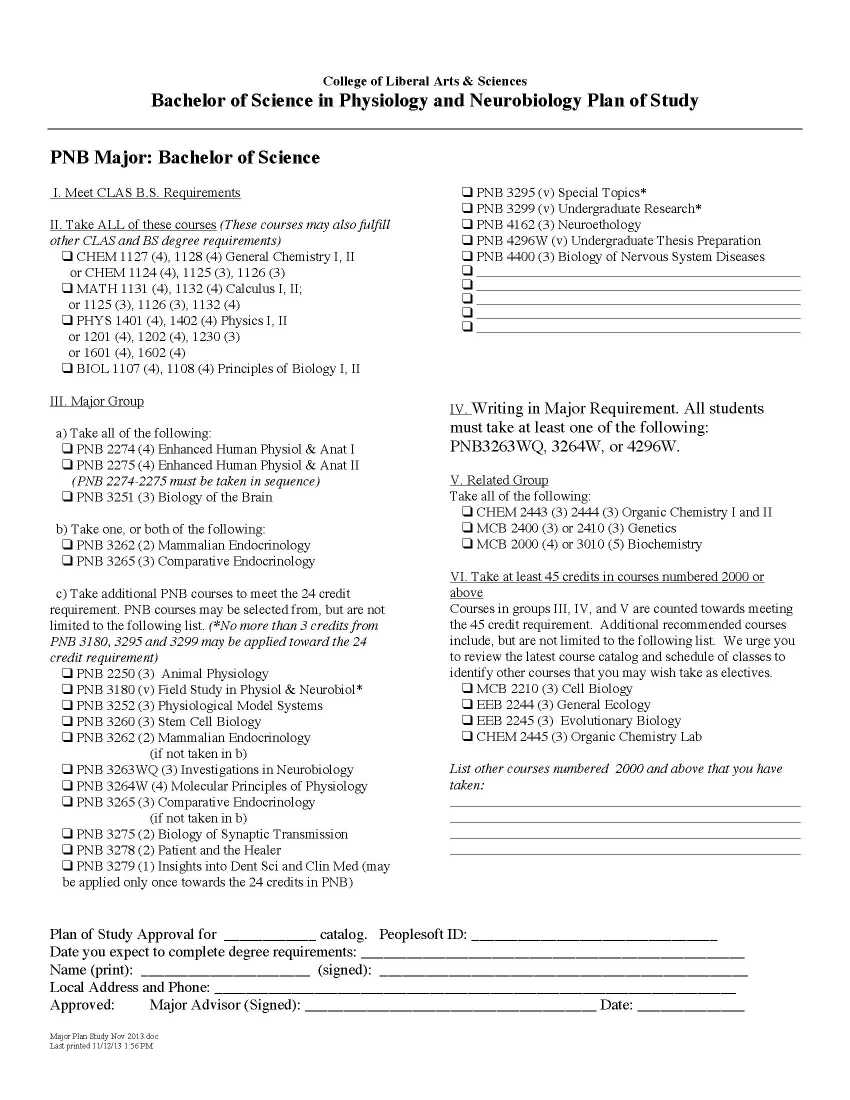
UCONN PNB requirements 2022 2023 Student Forum
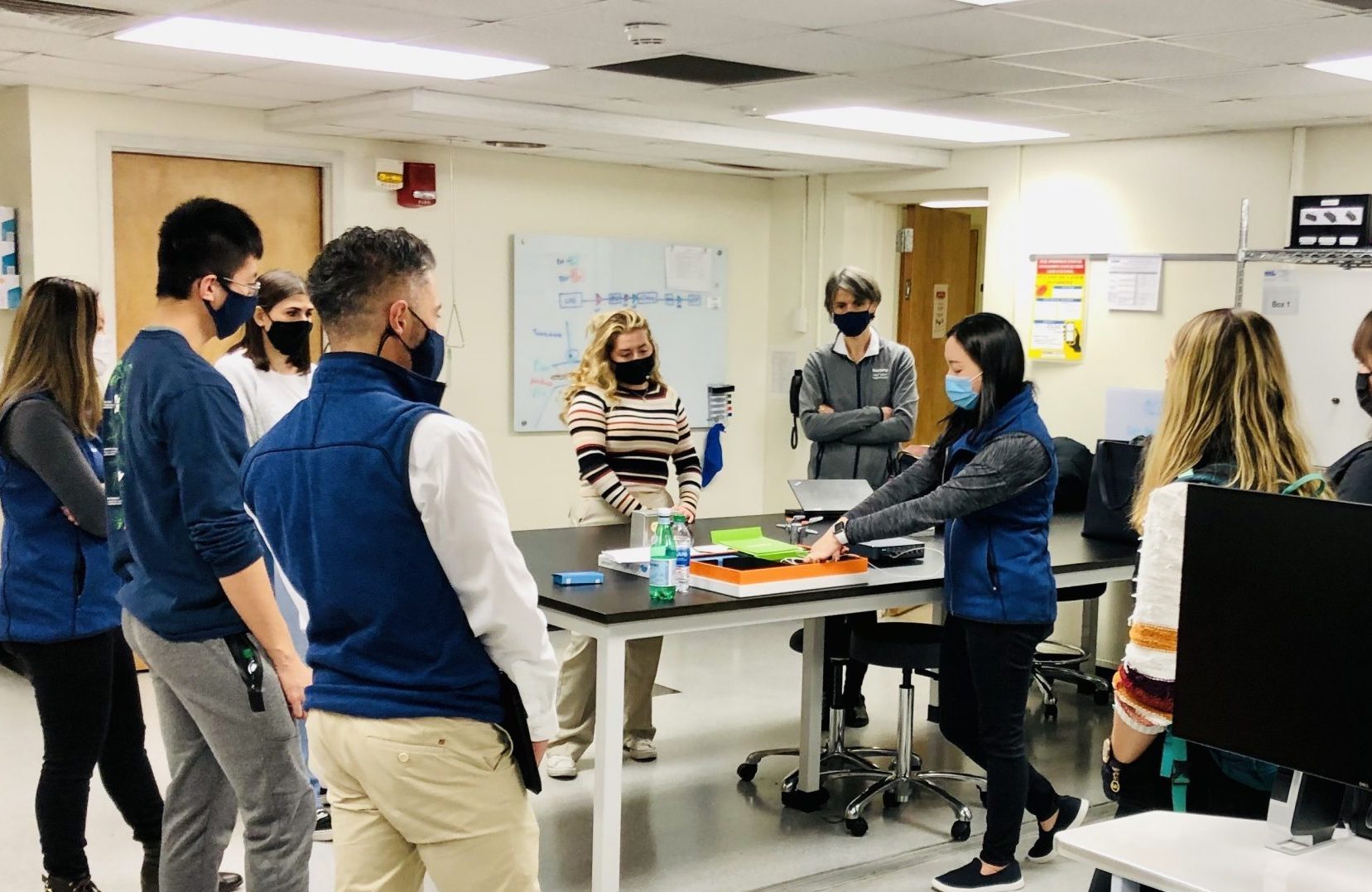
Home Physiology and Neurobiology (PNB) Department UConn

Home Physiology and Neurobiology (PNB) Department UConn

Exam 1 Study Guide UConn PNB 2274 Study Guide, Exam 1, Fall 2016

UConn PNB2275 Syllabus Spring 2019 Department of Physiology and
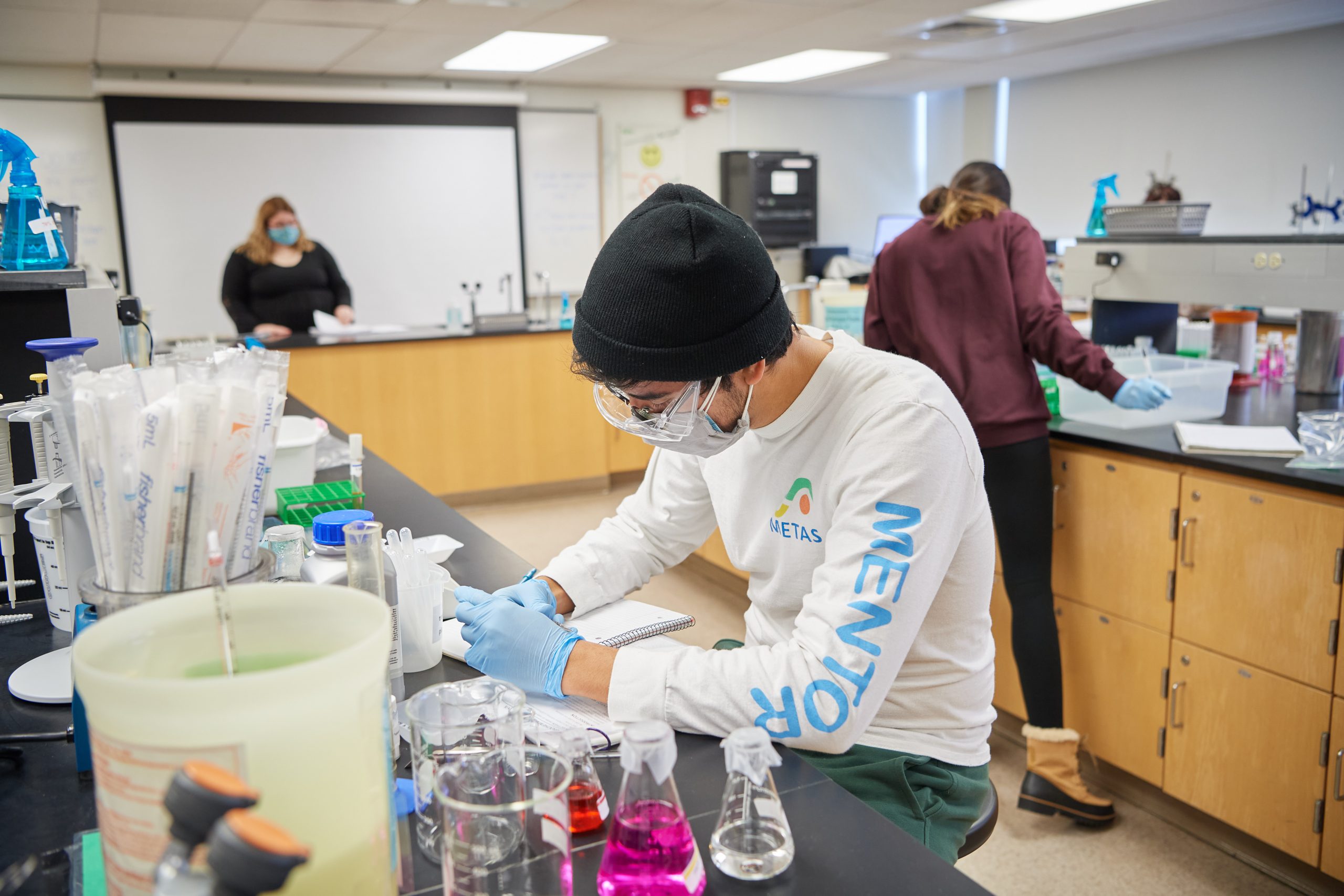
Home Physiology and Neurobiology (PNB) Department UConn
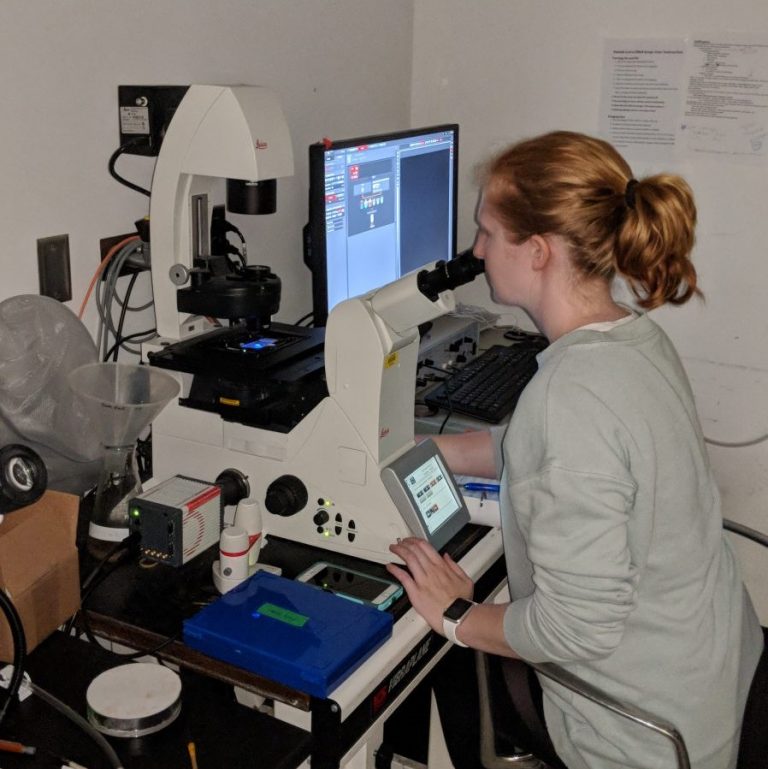
Undergraduate Program Physiology & Neurobiology
Here We List The Biology Courses Typically Offered In The Summer At The Storrs Campus.
Clinical Practicum In Intraoperative Neuromonitoring.
The Department Encourages All Students To Discuss Their Options With Their Committee.
Degrees In Pnb Require Completion Of A Set Of Four Core Graduate Courses From The Pnb Department, Chosen From A List Of Approved Courses (See Below).
Related Post: